Gas issues in stomach. The Hidden Mysteries of Gas in the Digestive Tract
What is gas in the digestive tract. How does it form? What are the common symptoms. Discover the causes and solutions for managing gas issues.
Understanding Gas in the Digestive Tract
Gas in the digestive tract is a natural byproduct of the body’s digestive processes. Everyone experiences gas to some degree, with the average person producing around 1-4 pints of gas per day and passing gas approximately 14 times daily. While often uncomfortable and potentially embarrassing, gas is generally not a life-threatening issue.
The gases found in the digestive tract are primarily composed of odorless vapors such as carbon dioxide, oxygen, nitrogen, and hydrogen. However, in about one-third of individuals, methane gas can also be produced. The unpleasant odor associated with flatulence is typically caused by the presence of sulfur-containing gases released by bacteria in the large intestine.
Causes of Gas in the Digestive Tract
Gas in the digestive tract can arise from two main sources:
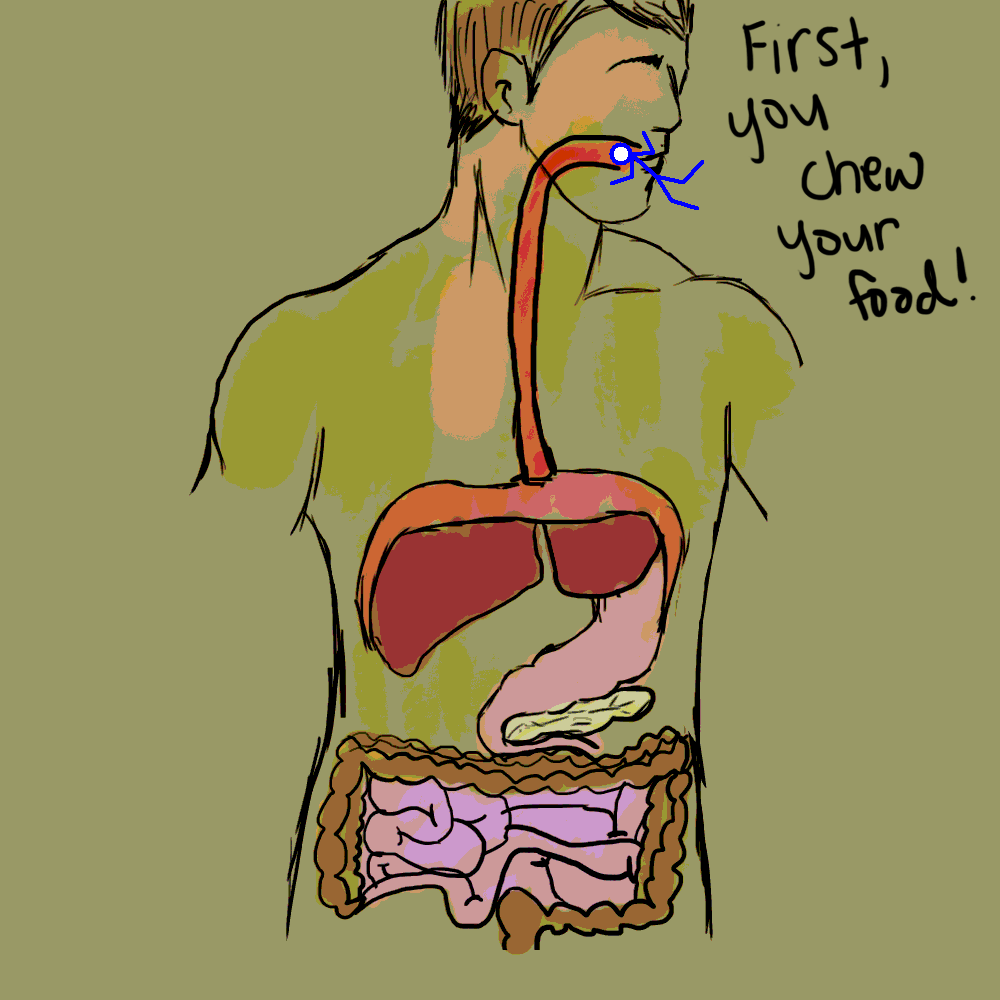
Aerophagia (Air Swallowing)
Aerophagia, or the swallowing of air, is a common cause of gas. This can occur when eating or drinking rapidly, chewing gum, smoking, or wearing loose-fitting dentures. The swallowed air is typically expelled through belching, with the remaining gas being partially absorbed into the small intestine and a small portion passing into the large intestine for release through the rectum.
Bacterial Breakdown of Undigested Foods
Certain carbohydrates, such as sugars, starches, and fiber, are not fully digested or absorbed in the small intestine due to a lack or absence of specific enzymes. These undigested or unabsorbed food particles then pass into the large intestine, where harmless bacteria naturally present break them down, producing hydrogen, carbon dioxide, and in some cases, methane gases, which are subsequently released through the rectum.
Foods that Commonly Cause Gas
According to the National Institute of Diabetes and Digestive and Kidney Diseases, the following foods are more likely to cause gas due to their carbohydrate content:
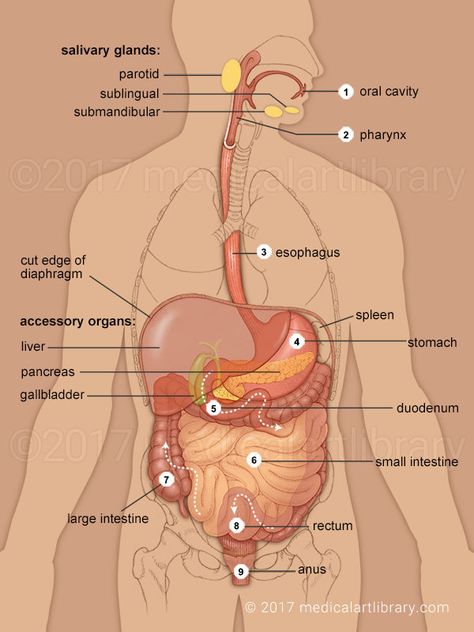
- Raffinose: Found in beans, cabbage, Brussels sprouts, broccoli, asparagus, and whole grains
- Lactose: A natural sugar found in milk and milk products, such as cheese, ice cream, and processed foods
- Fructose: Found in onions, artichokes, pears, and used as a sweetener in some soft drinks and fruit drinks
- Sorbitol: A natural sweetener found in fruits, including apples, pears, peaches, and prunes, as well as in many sugar-free candies and gums
- Starches: Most starches, including potatoes, corn, noodles, and wheat, produce gas as they are broken down in the large intestine (with the exception of rice)
- Soluble fiber: Found in oat bran, beans, peas, and most fruits
- Insoluble fiber: Found in wheat bran and some vegetables, which passes through the intestines with minimal gas production
Symptoms of Gas in the Digestive Tract
While chronic or severe gas-related issues are relatively rare, the following are the most common symptoms experienced:
Belching
Belching during or after meals is normal, but frequent or chronic belching may indicate an underlying upper gastrointestinal (GI) disorder, such as peptic ulcer disease, gastroesophageal reflux disease (GERD), or gastritis.
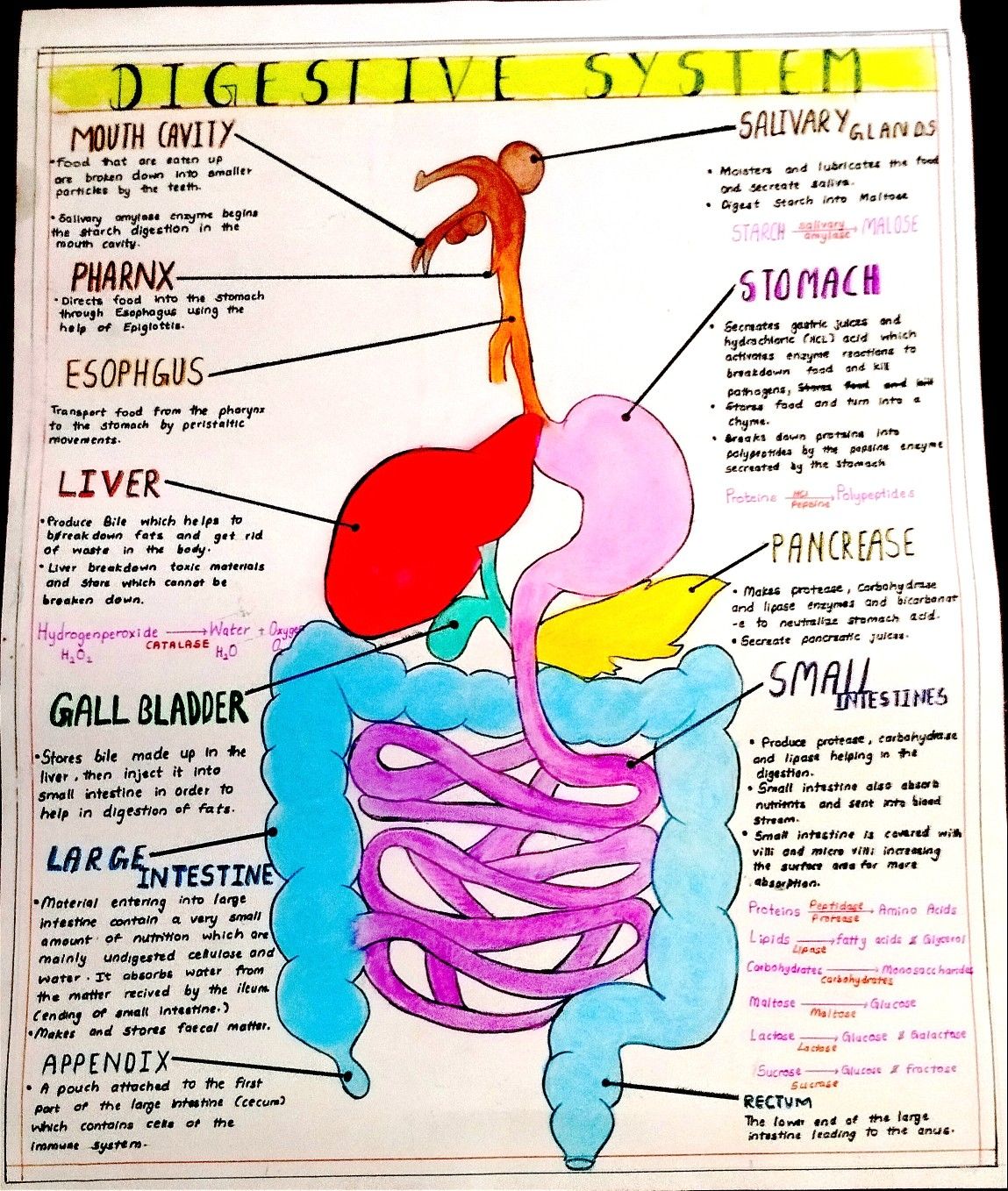
Rare Gas Syndromes
Two rare gas syndromes associated with belching include:
- Meganblase syndrome: Characterized by severe air swallowing and an enlarged gas bubble in the stomach, leading to feelings of fullness and shortness of breath that can mimic a heart attack.
- Gas-bloat syndrome: May occur after surgery to correct GERD, where the surgery creates a one-way valve between the esophagus and stomach, leading to difficulty belching and gas buildup.
Addressing Gas Issues in the Digestive Tract
While gas in the digestive tract is a common and natural occurrence, persistent or severe gas-related issues may require medical attention. Identifying and limiting consumption of gas-producing foods, as well as addressing any underlying digestive disorders, can help manage gas-related symptoms. If you are experiencing persistent or concerning gas-related symptoms, it is recommended to consult with a healthcare professional for proper diagnosis and treatment.
Exploring Complex Digestive Cases
Digestive problems can be notoriously difficult to diagnose and treat. In some cases, symptoms that appear to be related to the gut may actually be indicative of an illness or condition elsewhere in the body. Explore four complex cases that stumped some of the country’s leading GI experts in the article “Motility Mysteries: Solved!”.

What is the key to resolving these complex digestive cases? A thorough understanding of the interconnected nature of the body’s systems and a willingness to think outside the box when it comes to the root causes of digestive symptoms. By delving into these complex cases, we can gain valuable insights into the importance of a holistic approach to digestive health.
Gas in the Digestive Tract
What is gas in the digestive tract?
Gas in the digestive tract is created from:
Everyone has gas. It may be uncomfortable and embarrassing, but it is not life-threatening. Gas is eliminated by burping or passing it through the rectum. Most people produce about 1 to 4 pints of gas a day and pass gas about 14 times a day.
Most gas is made up of odorless vapors–carbon dioxide, oxygen, nitrogen, hydrogen, and sometimes methane. Bacteria in the large intestine release gases that contain sulfur and produce an unpleasant odor of flatulence.
Motility Mysteries: Solved!
Digestive problems can be maddeningly hard to pin down. Often, symptoms that manifest as gut troubles are actually signs of illness somewhere else. Explore four complex cases that stumped some of the country’s leading GI experts.
Read more
What causes gas in the digestive tract?
Gas in the digestive tract comes from two sources:
Aerophagia (air swallowing).
 This is usually caused by eating or drinking rapidly, chewing gum, smoking, or wearing loose dentures.
This is usually caused by eating or drinking rapidly, chewing gum, smoking, or wearing loose dentures.Belching is the way most swallowed air leaves the stomach. The remaining gas is partially absorbed into the small intestine and a small amount goes into the large intestine and is released through the rectum.
Breakdown of certain undigested foods by harmless bacteria naturally present in the large intestine (colon)
Some carbohydrates (sugar, starches, and fiber) are not digested or absorbed in the small intestine because of a shortage or absence of certain enzymes. The undigested or unabsorbed food then passes into the large intestine, where harmless and normal bacteria break down the food. This process produces hydrogen, carbon dioxide, and, in about one-third of all people, methane gases, which are released through the rectum.
| Foods that commonly cause gas |
|---|
According to the National Institute of Diabetes and Digestive and Kidney Diseases, most foods that contain carbohydrates can cause gas, however, fats and proteins cause little gas. Foods that cause gas include the following: Foods that cause gas include the following:
|
What are the symptoms of gas?
Chronic symptoms caused by too much gas or by a serious disease are rare. The following are the most common symptoms of gas. However, each individual may experience symptoms differently. Symptoms may include:
Symptoms may include:
Belching. Belching during or after meals is normal, but people who belch frequently may be swallowing too much air and releasing it before the air enters the stomach.
Chronic belching may also indicate an upper GI disorder, such as peptic ulcer disease, gastroesophageal reflux disease (GERD), or gastritis.
According to the NIDDK, rare, chronic gas syndromes associated with belching include the following:
Meganblase syndrome. Meganblase syndrome causes chronic belching. It is characterized by severe air swallowing and an enlarged bubble of gas in the stomach following heavy meals. Fullness and shortness of breath caused by this disorder may mimic a heart attack.
Gas-bloat syndrome. Gas-bloat syndrome may occur after surgery to correct GERD. The surgery creates a one-way valve between the esophagus and stomach that allows food and gas to enter the stomach.

Flatulence. Passing gas through the rectum is called flatulence. Passing gas 14 to 23 times a day is considered normal.
Abdominal bloating. Bloating is usually the result of an intestinal motility disorder, such as irritable bowel syndrome (IBS). Motility disorders are characterized by abnormal movements and contractions of intestinal muscles. These disorders may give a false sensation of bloating because of an increased sensitivity to gas.
Splenic-flexure syndrome is a chronic disorder that may be caused by gas trapped at bends (flexures) in the colon.
Crohn’s disease, colon cancer, or any disease that causes intestinal obstruction, may also cause abdominal bloating.
Internal hernias or adhesions (scar tissue) from surgery may cause bloating or pain.
Fatty foods can delay stomach emptying and cause bloating and discomfort, but not necessarily too much gas.

Abdominal pain and discomfort. Gas in the intestine causes pain for some people. When it collects on the left side of the colon, the pain can be confused with heart disease. When it collects on the right side of the colon, the pain may feel like the pain associated with gallstones or appendicitis.
The symptoms of gas may resemble other medical conditions or problems. Always consult your doctor for a diagnosis.
How is gas in the digestive tract diagnosed?
Symptoms of gas may be caused by a serious disorder, which should be determined. In addition to a complete medical history and physical examination, your doctor may suggest the following activities to assist in the diagnosis:
Abdominal X-ray
Food diary. You may be asked to keep a diary of foods and beverages consumed for a specific time period, and/or to count the number of times you pass gas during the day.

Colonoscopy. For people 50 years of age and older, and for those with a family history, the possibility of colorectal cancer is considered. Colonoscopy is a procedure that allows the doctor to view the entire length of the large intestine, and can often help identify abnormal growths, inflamed tissue, ulcers, and bleeding. It involves inserting a colonoscope, a long, flexible, lighted tube, in through the rectum up into the colon. The colonoscope allows the doctor to see the lining of the colon, remove tissue for further examination, and possibly treat some problems that are discovered.
Sigmoidoscopy. A sigmoidoscopy is a diagnostic procedure that allows the doctor to examine the inside of a portion of the large intestine, and is helpful in identifying the causes of diarrhea, abdominal pain, constipation, abnormal growths, and bleeding. A short, flexible, lighted tube, called a sigmoidoscope, is inserted into the intestine through the rectum.
 The scope blows air into the intestine to inflate it and make viewing the inside easier.
The scope blows air into the intestine to inflate it and make viewing the inside easier.Upper GI (gastrointestinal) series (also called barium swallow). For chronic belching, your doctor will look for signs or causes of excessive air swallowing and may request an upper GI series. An upper GI series is a diagnostic test that examines the organs of the upper part of the digestive system: the esophagus, stomach, and duodenum (the first section of the small intestine). A fluid called barium (a metallic, chemical, chalky, liquid used to coat the inside of organs so that they will show up on an X-ray) is swallowed. X-rays are then taken to evaluate the digestive organs.
Treatment for gas in the digestive tract
Specific treatment for gas in the digestive tract will be determined by your doctor based on:
Your age, overall health, and medical history
Extent of the condition
Your tolerance for specific medications, procedures, or therapies
Expectations for the course of the condition
Your opinion or preference
Preventing gas in the digestive tract
The most common ways to reduce the discomfort of gas include the following:
Gas in stomach: Symptoms, causes, and treatments
Reasons for gas in the stomach range from swallowing air to colon cancer. Burping often helps reduce gas, bloating, and discomfort. However, people with persistent or worsening gas may need medical attention for an underlying condition.
Burping often helps reduce gas, bloating, and discomfort. However, people with persistent or worsening gas may need medical attention for an underlying condition.
Mild or infrequent episodes of stomach gas are not usually a cause for concern. However, frequent or persistent stomach gas can sometimes indicate an underlying gastrointestinal condition that requires treatment.
This article outlines the symptoms of stomach gas and its various causes. It also outlines the different treatment options for stomach gas and provides information about when to see a doctor.
Share on PinterestStomach gas can cause issues ranging from burping and flatulence to heartburn and indigestion.
According to the National Institute of Diabetes and Digestive and Kidney Diseases (NIDDK), the most common symptoms of gas in the stomach include:
- burping
- flatulence
- bloating
- abdominal pain or discomfort
In some cases, other symptoms may accompany gas in the stomach, such as:
- indigestion
- heartburn
- diarrhea
- constipation
There are various reasons why a person might experience gas.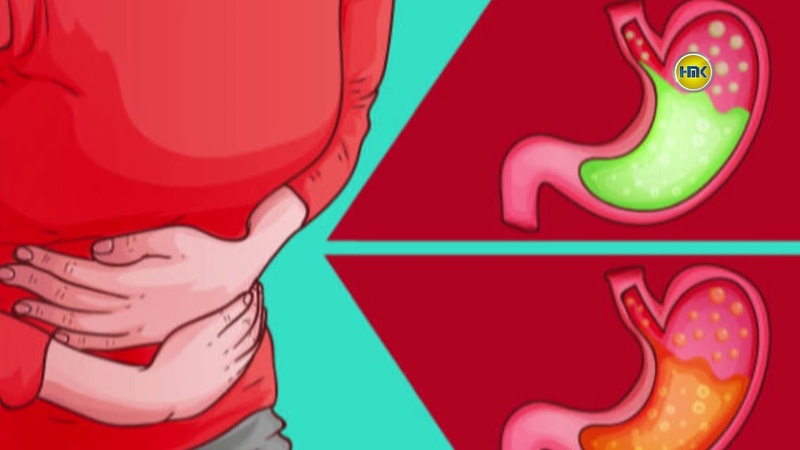
Gas in the stomach and upper abdomen
Reasons for gas in the stomach and upper abdomen include:
Swallowing air
People usually swallow a little bit of air while eating, and this can make the stomach or upper abdomen feel full. Burping generally helps to release the gas and reduce bloating and discomfort.
The NIDDK note that a person swallows more air during the following:
- eating or drinking too fast
- chewing gum
- sucking on hard candy
- drinking carbonated drinks, such as soda, sparkling water, and beer
- smoking
- wearing ill-fitting dentures that reduce chewing efficiency
Gastroesophageal reflux disease (GERD)
GERD is a condition in which stomach acid and other stomach contents frequently leak out of the stomach and up into the esophagus. The esophagus is the tube that connects the mouth and stomach.
The most common symptoms of GERD are acid reflux and heartburn. As a 2015 case study notes, stomach gas and belching are other common symptoms of GERD.
People who experience GERD-related stomach gas may notice that their burps have a foul taste or cause them to regurgitate food.
Gas in the lower abdomen
Below are some potential causes of gas in the lower abdomen.
Fermentation
A person experiencing symptoms of gas in the lower part of their belly or abdomen may be experiencing gas from fermentation.
Stomach acid helps to break down food and pass it on to the intestines. The intestines break down the food even further in a process that sometimes releases gases.
These gases either make their way to the stomach and leave the body as a burp or travel through the intestines and leave the body as flatulence.
Some foods may produce gas more than others. The NIDDK list some common foods that may cause gas, including:
- greens, such as kale, cabbage, and Brussel sprouts
- vegetables, such as onions, cauliflower, and broccoli
- beans, including black, pinto, and kidney beans
- dairy products, such as cheese, yogurt, and ice cream
- high fiber foods, such as whole grains and fruits
- sugar substitutes and sweeteners, such as sorbitol, mannitol, and xylitol
Irritable bowel syndrome (IBS)
Irritable bowel syndrome (IBS) is an umbrella term for a group of digestive symptoms that can cause pain, discomfort, and changes in bowel movements.
A person with IBS may experience an excessive amount of intestinal gas. This excess gas may lead to abdominal pain, bloating, and flatulence. Other possible symptoms of IBS include:
- constipation
- diarrhea
- bowel incontinence
- nausea
- back pain
The exact cause of IBS remains unknown. However, experts believe that it may be due to food passing through the intestines too quickly or too slowly.
Bacterial overgrowth
Small intestinal bacterial overgrowth (SIBO) is the medical term for excess bacteria in the small intestine. Experts believe that the condition is due to a lack of movement in the small intestine.
Excessive intestinal bacteria can cause a build-up of gas, which may lead to bloating and flatulence.
Other possible symptoms of SIBO inlcude:
- abdominal pain
- diarrhea or constipation
- nausea
- fatigue
In extreme cases, the small intestine may be unable to absorb sufficient nutrients from food.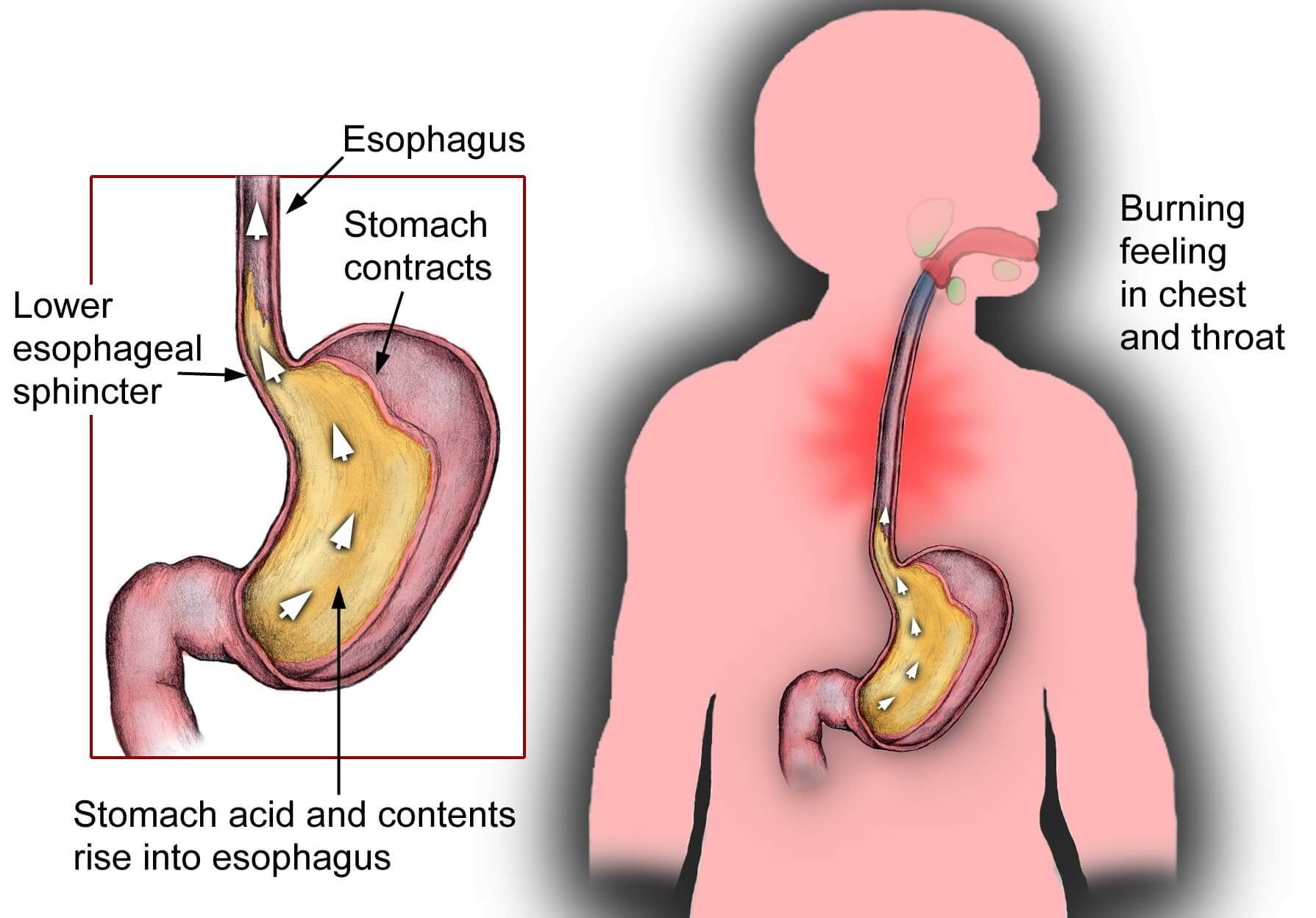 This may lead to complications, such as weight loss and anemia.
This may lead to complications, such as weight loss and anemia.
A 2020 study notes that SIBO is a common but underdiagnosed condition, as the symptoms appear similar to other digestive disorders.
Food intolerances
Frequent bloating and intestinal gas can sometimes indicate a food intolerance. This is where the body is unable to digest certain foods properly.
Common food intolerances include:
- Lactose intolerance: Inability to digest the sugar “lactose,” found in milk and dairy products.
- Fructose intolerance: Inability to digest the fruit sugar “fructose.”
- Gluten intolerance: Inability to digest gluten proteins that exist in cereal grains.
Celiac disease is similar to gluten intolerance but more severe. Celiac disease is an autoimmune condition in which consuming gluten causes the immune system to attack healthy cells in the small intestine.
Some general symptoms of food intolerances include:
- bloating
- flatulence
- abdominal pain
- diarrhea
- skin rashes and itching
Other potential causes
Some less common causes of stomach gas include:
- chronic constipation
- peptic ulcers
- hernias
- intestinal blockages
- colon cancer
Some causes of stomach gas may improve with home remedies alone. Others may require over-the-counter (OTC) or prescription medications.
Others may require over-the-counter (OTC) or prescription medications.
Home remedies
A person who experiences mild or infrequent episodes of stomach gas may want to try home remedies before seeking a medical diagnosis and treatment. Below are some general tips for alleviating stomach gas at home.
Lifestyle changes
Some lifestyle changes that may help to alleviate stomach gas include:
- chewing food thoroughly
- avoiding chewing gum and hard candy
- avoiding carbonated beverages
- avoiding smoking
- ensuring that dentures or other dental devices fit correctly
People may also benefit from keeping a food journal to record what and when they eat and when they experience symptoms. This will help to identify any trigger foods. After identifying the foods, a person can alter their diet to avoid those foods in the future.
Herbal remedies
Anecdotally, some people report relief from stomach gas using various herbs, such as:
- peppermint
- chamomile
- fennel
- clove
Medications
In some cases, people may require OTC or prescription medications to help alleviate stomach gas and associated symptoms.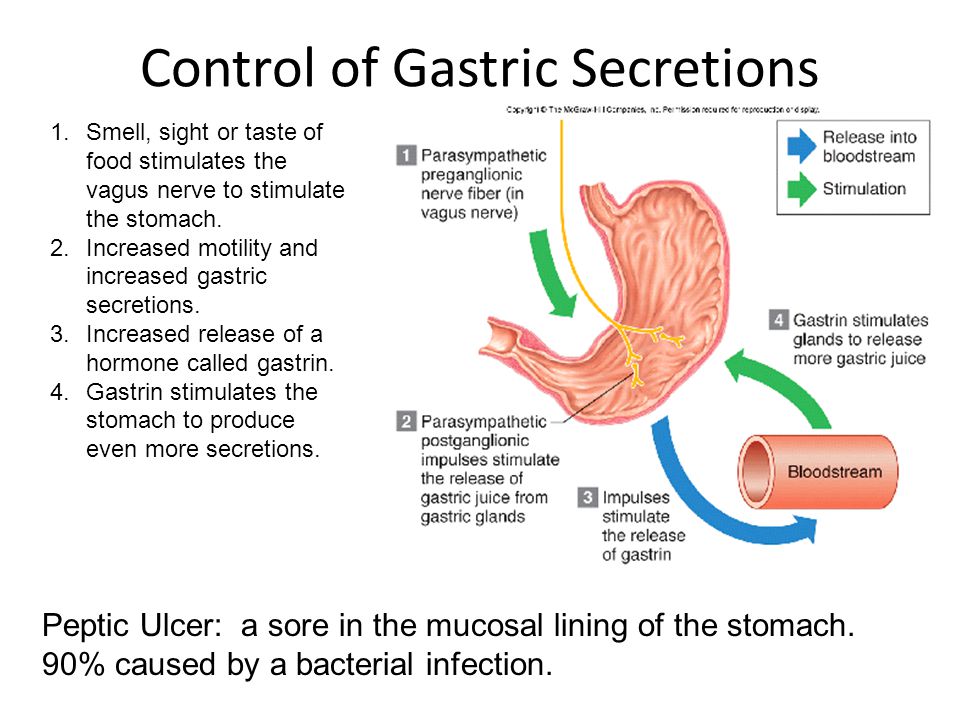
OTC medications
People with certain food intolerances can take digestive enzymes before a meal to help their body digest problematic foods. Common examples include taking lactase to help digest milk products or taking alpha-galactosidase (Beano) to help break down carbohydrates, fiber, and protein from beans and vegetables.
For someone already experiencing gas, OTC products containing simethicone can help combine gas bubbles, making the gas easier to pass. Examples of such products include:
- Gas-X
- Imodium
- Mylanta
Prescription medications
Doctors may recommend prescription medications for people who cannot find relief from home remedies and OTC options.
The type of medication a doctor prescribes will depend on the underlying condition causing the gas. Some medications a doctor may prescribe include:
- medications to manage GERD, such as:
- antacids to alleviate heartburn
- h3 blockers to decrease the production of stomach acid
- proton pump inhibitors to reduce the production of stomach acid and help heal the esophagus
- prokinetics to help the stomach empty faster
- medications to manage IBS, such as:
- antispasmodics to alleviate abdominal pain and cramping
- laxatives to help relieve constipation
- antimotility medications to help alleviate diarrhea
- antibiotics to help treat SIBO
In many cases, gas in the stomach is not a cause for concern, and symptoms will pass with little or no treatment.
However, anyone experiencing frequent or persistent stomach gas should see their doctor for a full diagnosis.
Stomach gas that occurs alongside other symptoms, such as weight loss or changes in bowel movements, also warrants medical attention. These symptoms could indicate an underlying medical condition that requires treatment and management to prevent any long-term complications.
Mild or occasional stomach gas is usually not a cause for concern. In such cases, people can usually find relief using simple home remedies and OTC medications.
However, a person should see their doctor if they experience frequent or persistent stomach gas. This could be a sign of an underlying medical condition that requires treatment or careful management.
Treatment should help alleviate symptoms while preventing the risk of further health complications.
Flatulence
Hemorrhoids
Esophageal hernia
Gastroesophageal reflux
Irritable bowel syndrome
Diverticulitis
74548
February 26
Flatulence – the causes of occurrence, in which diseases it occurs, diagnosis and methods of treatment.
Excessive gas formation in the gastrointestinal tract leads to severe discomfort, especially if it is impossible to hold gases. Gaseous substances that fill the lumen of the stomach and intestines include hydrogen, methane, hydrogen sulfide and carbon dioxide. Together with food, air can enter the stomach, but mostly gases are a waste product of microorganisms, and also arise as a result of the interaction of hydrochloric acid of the stomach with bicarbonate coming from the pancreas. Increased gas formation is accompanied by bloating, a feeling of fullness and pain. This phenomenon is called flatulence.
In some cases, spastic conditions of the gastrointestinal tract interfere with the passage of gases, and sometimes a person cannot control this process even with a slight content of gases in the intestines.
Varieties of flatulence
Flatulence occurs with increased processes of gas formation and deterioration of intestinal motility.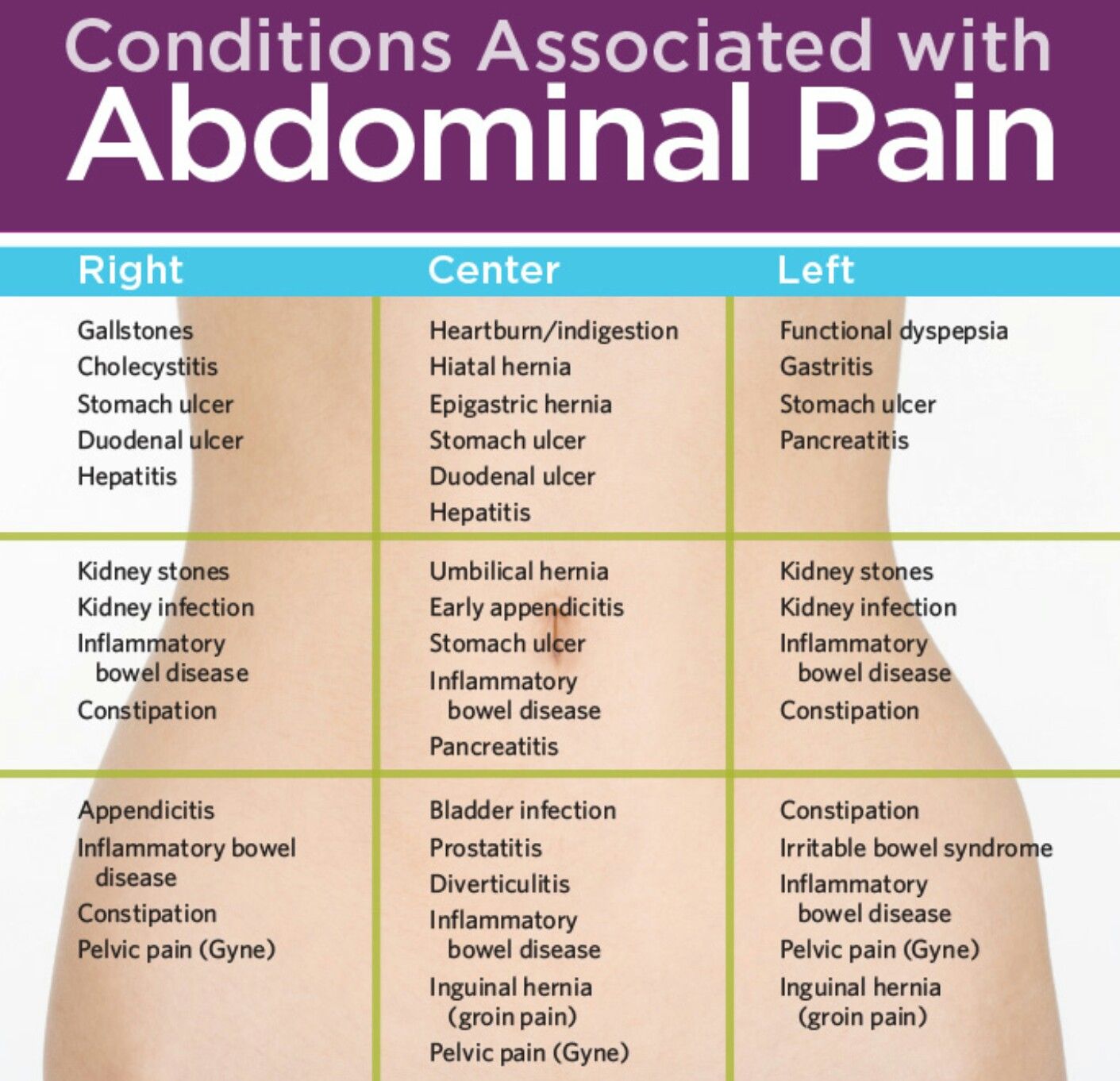
Excess gas is removed from the stomach by eructations , from the intestines – through the rectum . In addition, gases can enter the bloodstream and be released with exhaled air. Gases formed in the intestines are absorbed only in the small intestine, where their bubbles are mixed with liquid contents. In the large intestine, gases are not absorbed into the blood due to the high density of feces, so the only way out for them is through the rectum, which occurs on average 15-20 times a day. Participating in the regulation of the intestines, gases have a different effect on its function: methane slows down the passage of feces and contributes to the development of constipation, hydrogen reduces the motility of the ileum, but promotes the promotion of contents in the final sections of the colon.
Possible causes of increased gas production and incontinence
The reasons for the development of flatulence may be associated with: 1) dietary habits; 2) indigestion; 3) imbalance in the composition of the intestinal microflora; 4) impaired intestinal motility. Overfilling with gases of the stomach leads to belching, which often bothers patients with incomplete closure of the cardiac sphincter in hiatal hernia, gastroesophageal reflux disease 0018 .
Overfilling with gases of the stomach leads to belching, which often bothers patients with incomplete closure of the cardiac sphincter in hiatal hernia, gastroesophageal reflux disease 0018 .
In addition, impaired motility of the gastrointestinal tract in gastric ulcer, biliary dyskinesia, and some intestinal diseases is also accompanied by rapid belching, sometimes even with regurgitation. With the development of putrefactive processes in the stomach with gastroparesis belching may have an unpleasant odor.
However, often belching is not a symptom of the disease, but an indicator of malnutrition.
For example, when eating food hastily, a person can swallow a large amount of air. Also, excess gas in the stomach occurs after drinking carbonated drinks.
If gases fill the intestines, there is a feeling of bloating.
It can occur due to an excessive content of gaseous substances, and be subjective due to the increased sensitivity of the intestinal mucosa.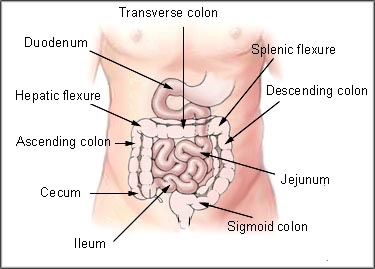
Often this symptom occurs in functional disorders: irritable bowel syndrome, diseases of the pancreas accompanied by enzymatic deficiency, reproduction of pathological microflora. An increased formation of gases occurs when a large amount of legumes, cabbage, onions, carrots, raisins, bananas, apples, grapes, yeast dough products are consumed. Evidence of functional disorders is the appearance of swelling some time after eating. In the morning, before breakfast, this sensation is absent.
An unpleasant symptom is gas incontinence, which is possible even with their slight accumulation in the intestine. Such a problem may occur in patients with cracks and fistulas in the anus.
Gas incontinence is also a concern for patients with anal sphincter insufficiency. As a rule, this condition accompanies other types of pathology – hemorrhoids, prolapse of the rectum. Sometimes insufficiency of the internal anal sphincter can be the result of neurological disorders, surgical interventions or injuries, accompanied by the formation of scars and strictures.
The sphincter muscles weaken with age, which is why the problem of gas incontinence is more common in older people.
With intestinal diverticula – sac-like protrusions of the mucous membrane and submucosa of the intestine – bloating and profuse discharge of gases are almost always observed.
In addition, there are feelings of fullness and heaviness in the abdomen, pain in the left iliac region and irregular, spastic stools (“sheep”). Often there is rumbling in the abdomen and rapid discharge of gases with an unpleasant odor.
In women, uncontrolled gas discharge develops in the last months of pregnancy, after childbirth due to pelvic floor dysfunction. The same problem occurs in one third of patients with prolapse and prolapse of the uterus and in a small percentage of cases with pathological lengthening of the cervix.
Gas incontinence occurs with lesions of the central nervous system due to injuries of the spine and head, and in this case it is accompanied by uncontrolled fecal and urination. With an epileptic seizure in the relaxation phase, urine, gases and feces can also occur. Gas control is lost at mental disorders (manic-depressive syndrome, dementia) and psycho-emotional stress.
With an epileptic seizure in the relaxation phase, urine, gases and feces can also occur. Gas control is lost at mental disorders (manic-depressive syndrome, dementia) and psycho-emotional stress.
Which doctors should I contact?
The problem of increased gas formation and uncontrolled discharge of gases can occur under different conditions of the body. In any case, you should visit
primary care physician. If the symptoms of flatulence bother a woman during pregnancy, after childbirth, or flatulence is accompanied by other symptoms, you should consult a
gynecologist. If bowel diverticula, anal sphincter insufficiency, or gastrointestinal dyskinesia are suspected, referral should be made to
gastroenterologist.
Diagnostics and examinations
If uncontrolled gas discharge occurs during pregnancy, after childbirth, as a rule, additional examination is not required. When complaining of a constant discharge of gases without symptoms of bloating, it is necessary to check the condition of the anal sphincter and intestines. For this, sigmoidoscopy and colonoscopy are performed.
For this, sigmoidoscopy and colonoscopy are performed.
If gas incontinence is accompanied by bloating, pain, a feeling of fullness, an examination of the entire gastrointestinal tract is required to exclude the pathology of the biliary tract, pancreas and intestines. To rule out diverticula, your doctor may order a barium X-ray contrast study, a colonoscopy, a helical CT scan, and a comprehensive abdominal ultrasound examination.
Biliary dyskinesia can be detected using an ultrasound of the gallbladder, and an ultrasound of the pancreas.
If the doctor suspects a violation of intestinal motility as the cause of flatulence, he may prescribe an electrogastroenterography and manometry.
Be sure to conduct laboratory tests to assess enzymatic deficiency and intestinal microflora.
In these cases, informative general;
complex biochemical blood test with determination of total protein and albumin,
bilirubin and its fractions,
as well as a coprogram.
Treatment
Bloating and increased gas can be both a sign of a disease and a consequence of an improper diet and lifestyle. You can cope with these symptoms only by establishing their cause.
In any case, it is necessary to normalize the diet and exclude gas-forming products from the diet.
Functional disorders involve correction of the motility of the gastrointestinal tract, microflora and elimination of enzymatic deficiency. It is also necessary to eliminate the causes of psycho-emotional stress. To reduce the pressure of gases in the intestine, adsorbents (activated carbon, etc.), carminatives, enzymatic preparations are used.
If the cause of uncontrolled gas passage is an insufficiency of the anal sphincter due to hemorrhoids, fissure or fistula, surgical treatment is necessary. At intestinal diverticula non-drug treatment is possible, which involves changes in lifestyle and diet. Patients are not recommended cleansing enemas and the use of laxatives. Nutrition should include fiber-rich foods. Antispasmodics, phosphodiesterase inhibitors, non-selective calcium channel antagonists, and water-soluble fiber preparations are used as drug therapy.
Nutrition should include fiber-rich foods. Antispasmodics, phosphodiesterase inhibitors, non-selective calcium channel antagonists, and water-soluble fiber preparations are used as drug therapy.
What should be done in case of flatulence?
With increased gas formation and bloating, it is desirable to identify those foods that cause flatulence, and refuse them or reduce their number.
After the digestion processes are normalized, these products should be introduced into the diet gradually, helping the intestines with enzyme preparations. The improvement of peristalsis is facilitated by the consumption of a sufficient amount of liquid – up to 2-2.5 liters per day.
It is advisable not to eat foods containing a large amount of fat, and sweet dishes. Fermentation in the intestines is also facilitated by fruits and foods containing yeast. Before cooking legumes (which contribute to the occurrence of flatulence), you should first soak them in water.
It is very important to eat properly to prevent swallowing air while eating.
Eating should be done slowly, avoiding lying down. An active lifestyle and moderate physical activity contribute to the reduction of flatulence.
Sources:
- Clinical guidelines “Irritable bowel syndrome”. Developed by: Russian Gastroenterological Association, Association of Coloproctologists of Russia. – 2021.
- Clinical guidelines “Diverticular disease”. Developed by: Russian Gastroenterological Association, Association of Coloproctologists of Russia. – 2021.
IMPORTANT!
The information in this section should not be used for self-diagnosis or self-treatment. In case of pain or other exacerbation of the disease, only the attending physician should prescribe diagnostic tests. For diagnosis and proper treatment, you should contact your doctor.
For a correct assessment of the results of your analyzes in dynamics, it is preferable to do studies in the same laboratory, since different laboratories may use different research methods and units of measurement to perform the same analyzes.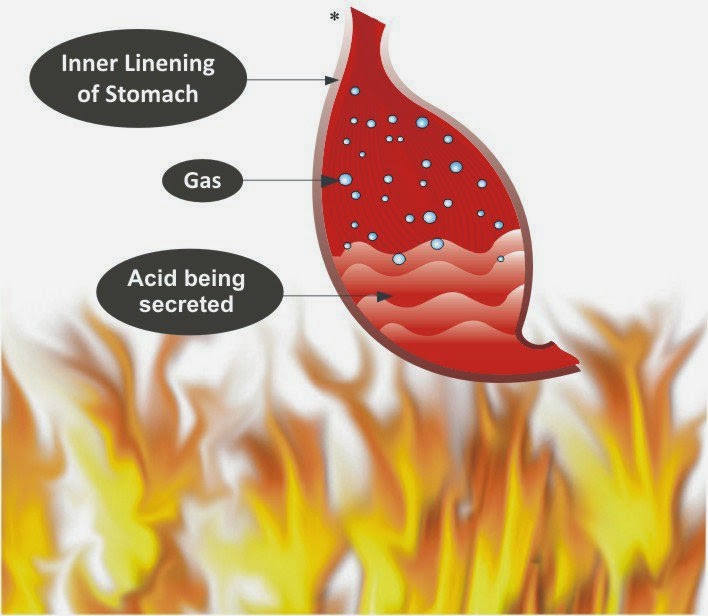
Flatulence – Hadassah Medical Moscow
Enroll
Flatulence is a condition in which an excessive amount of gases accumulates in the gastrointestinal tract. It is associated with their increased education or impaired output. Most often, gases accumulate in the stomach, but can also be found in the folds of the colon. Symptoms of flatulence occur in all people – including healthy ones. They can appear due to overeating,
consumption of gas-producing or indigestible foods. Also, flatulence is a sign of many diseases of the gastrointestinal tract. If you often experience bloating and it makes you uncomfortable, see your doctor.
Show all
Symptoms of bloating
From time to time, the symptoms of bloating occur in absolutely all people. Gases accumulated in the gastrointestinal tract can be expelled through belching, rectum, exhalation, and blood. Flatulence is usually accompanied by the following symptoms:
- Frequent belching of air;
- Fullness in abdomen;
- Frequent rumbling in the abdomen;
- Depressive mood, insomnia;
- Sensation of pressure under the stomach;
Fast satiety with food.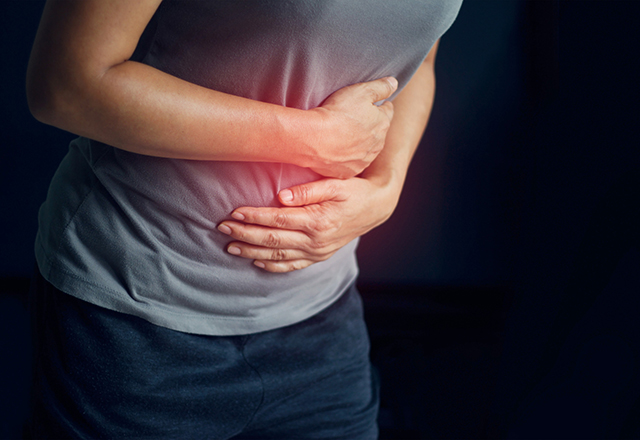
By clicking on the button, you agree to the terms of use and processing of personal data
Causes of flatulence
Gas production in the gastrointestinal tract is not a disease, but a natural process. However, an increase in this symptom can occur with many diseases. Among the non-pathological causes of flatulence are nutritional features. Can cause gas by eating:
- Gas-producing foods – cabbages, legumes, sweet apples, carbonated drinks;
- Products that cause fermentation in the stomach – black bread, sinewy meat, beer, kvass;
- Dairy products;
- Mineral water.
Pathological causes of flatulence include:
- Parasitic infection;
- Infectious process in the intestines;
- Dysbacteriosis;
- Acute inflammatory processes in the gastrointestinal tract – enteritis, pancreatitis, colitis;
- Intestinal obstruction.
Also, pregnant women suffer from flatulence in the later stages: the fetus and the enlarged uterus compress the intestinal loops.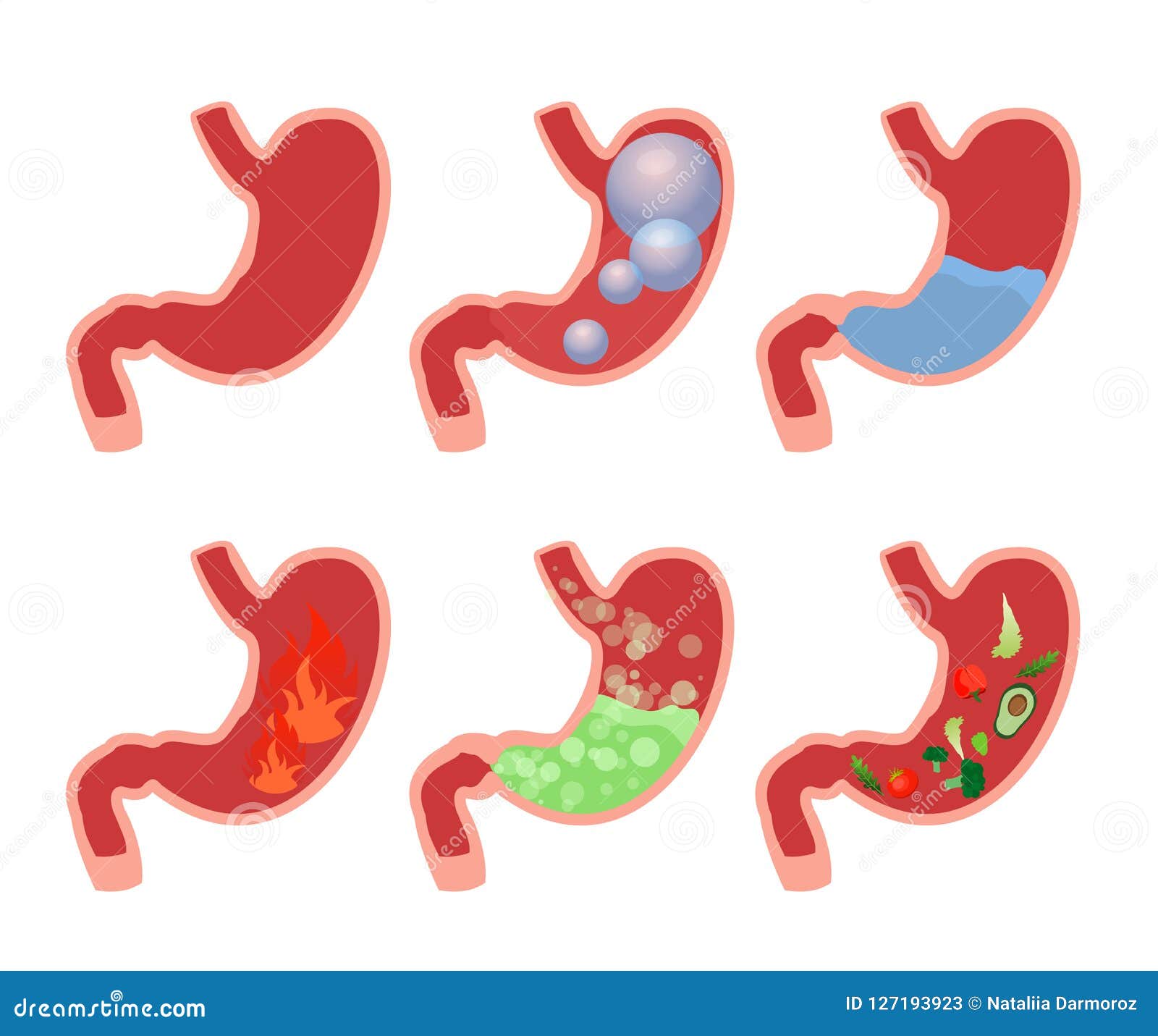 Bloating can also occur due to neurotic conditions in which the regulation in the gastrointestinal tract is disturbed.
Bloating can also occur due to neurotic conditions in which the regulation in the gastrointestinal tract is disturbed.
Methods for diagnosing bloating
If flatulence begins to cause discomfort, you should consult a doctor. Diagnosis of bloating is done by a gastroenterologist. After collecting an anamnesis and palpation of the abdomen, he will send for the following studies:
Complete and biochemical analysis of blood
General analysis of feces
Complete analysis of urine
Analysis for tumor markers and markers of intestinal inflammation
Endoscopic examination of the stomach with biopsy
Ultrasound of the abdominal cavity
9000 2 CRT and MRI
Colonoscopy
Methods of treatment of flatulence
The approach to the treatment of flatulence is selected by a gastroenterologist based on the results of the diagnosis. Usually, therapy includes taking medications to break down gases and normalize the microflora of the colon. The patient is prescribed:
The patient is prescribed:
- Enzymes. Improve the digestive system, provide good absorption – Festal, Pancreatin;
- Sorbents. Reduce the formation of gases – Phosphalugel, Enterosgel;
- Carminatives. Promote the release of gases from the intestines – Espumizan;
- Prokinetics. Facilitate the movement of food through the intestines – Domperidone, Cerucal;
- Probiotics and prebiotics. Improve microflora – Bifiform, Lineks.
If the diagnosis showed that the patient has diseases in the gastrointestinal tract, the treatment tactics are selected based on it. In case of intolerance to synthetic drugs, remedies from natural ingredients are prescribed – based on dill or fennel. Treatment of flatulence also includes following a special diet with the exclusion of gas-forming products.
Prevention and treatment programs for flatulence at the Hadassah Clinic
Nutrition is the main thing in the prevention of bloating. If it is possible to exclude gas-producing foods from the diet, then the likelihood of flatulence will be minimal. Also, don’t forget the following tips:
If it is possible to exclude gas-producing foods from the diet, then the likelihood of flatulence will be minimal. Also, don’t forget the following tips:
- If you have lactose intolerance, avoid dairy products;
- Be active and exercise;
- Avoid chewing gums, sodas and hard candies;
- Increase the amount of plant foods in your diet.
Flatulence is a common problem. If it gives you discomfort, contact the Hadassah clinic in Moscow. Specialists will conduct a comprehensive diagnosis, determine the cause of such a phenomenon and prescribe an effective treatment.
#DrunkOP
Drunk
Olga Pavlovna
Endocrinologist, dietitian, Ph.D.
Work experience: 11 years
Published: 07/10/2023
The information provided on the site is for reference only and cannot serve as a basis for making a diagnosis or prescribing treatment. Internal consultation of the expert is necessary.
Department doctors
All doctors
Zavarzina
Natalya Pavlovna
Gastroenterologist-nutritionist
Work experience: 14 years
Appointment fee: from 6500 ₽
Make an appointment
Drunk
Olga Pavlovna
Endocrinologist, dietitian, Ph.

 This is usually caused by eating or drinking rapidly, chewing gum, smoking, or wearing loose dentures.
This is usually caused by eating or drinking rapidly, chewing gum, smoking, or wearing loose dentures.
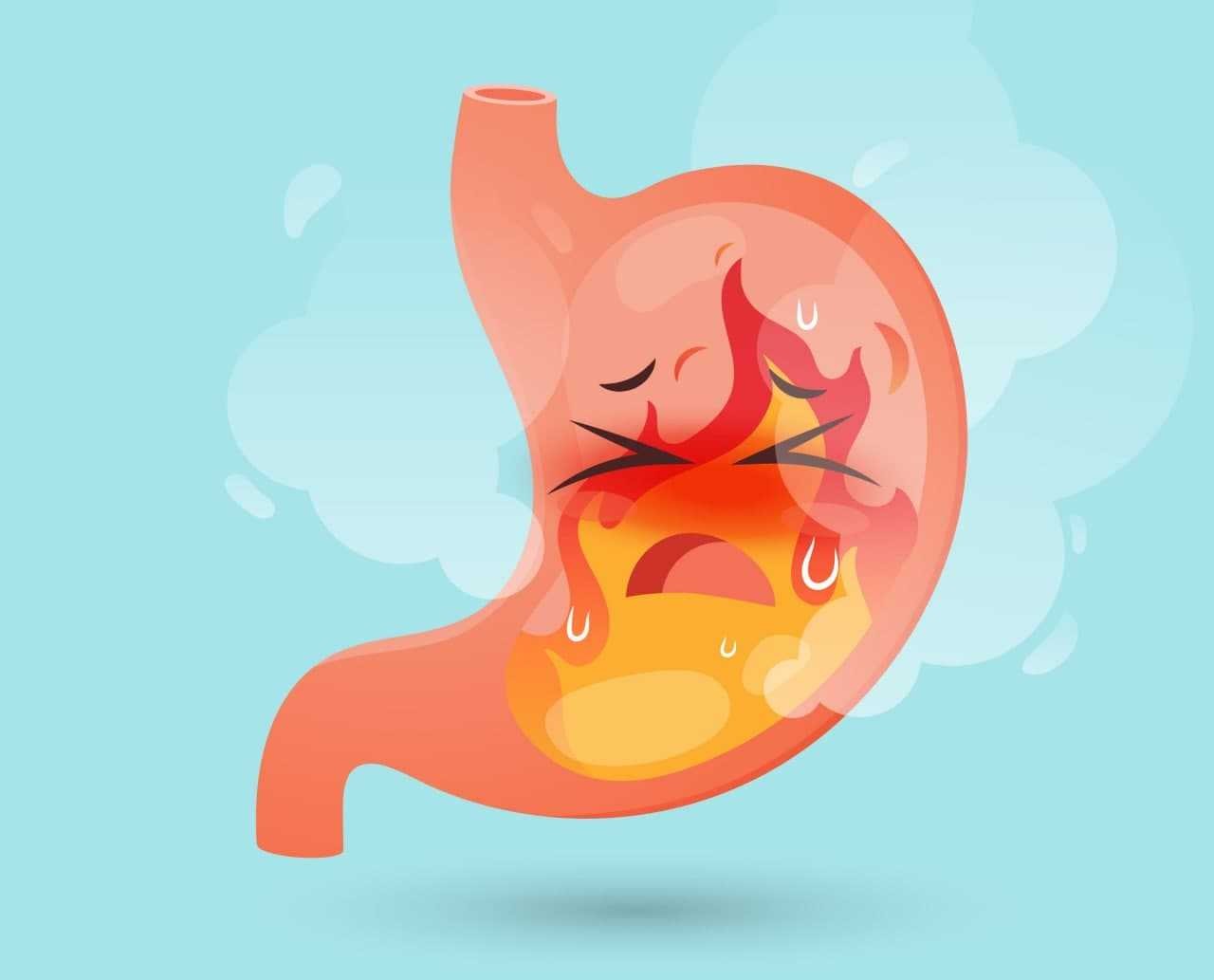


 The scope blows air into the intestine to inflate it and make viewing the inside easier.
The scope blows air into the intestine to inflate it and make viewing the inside easier.